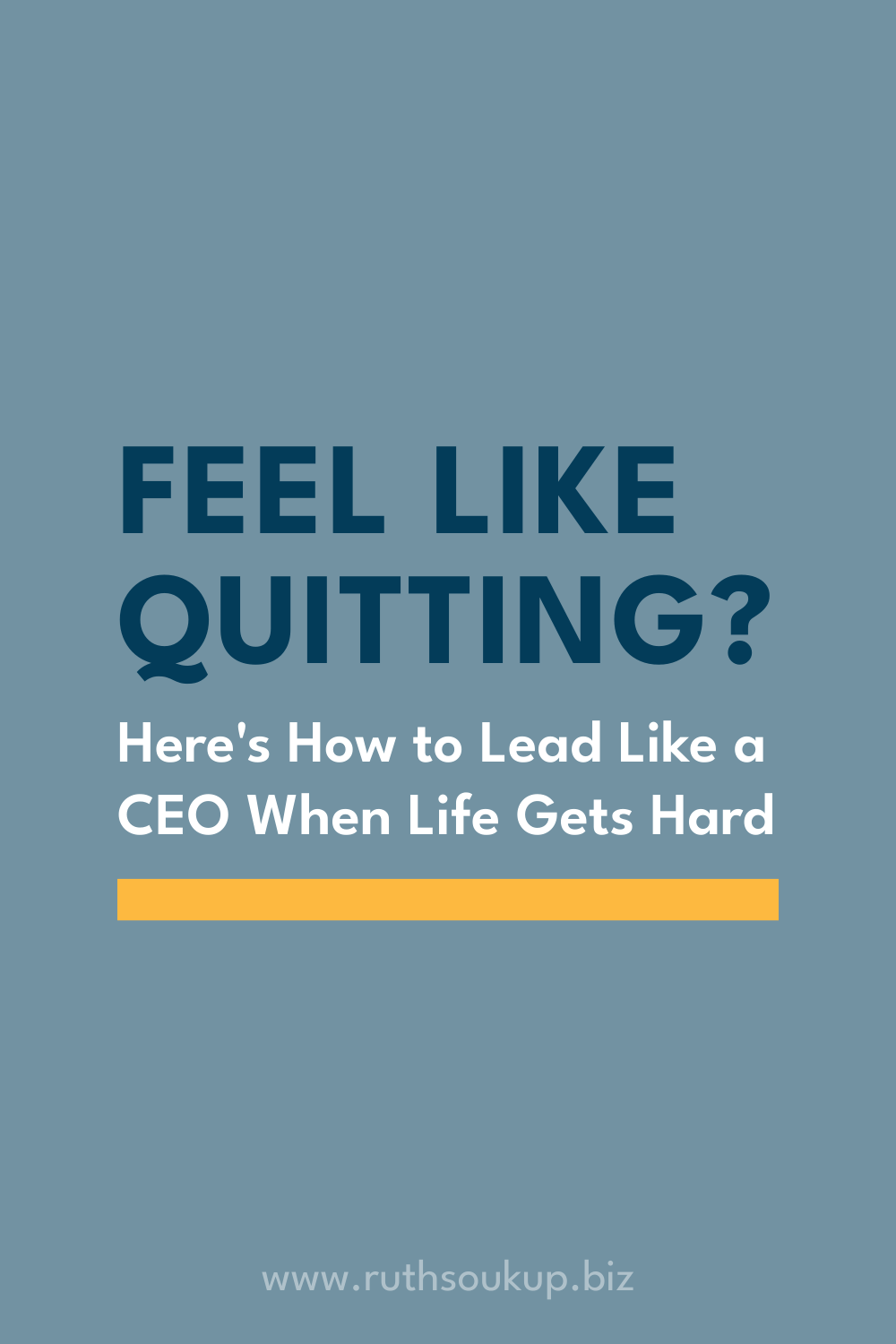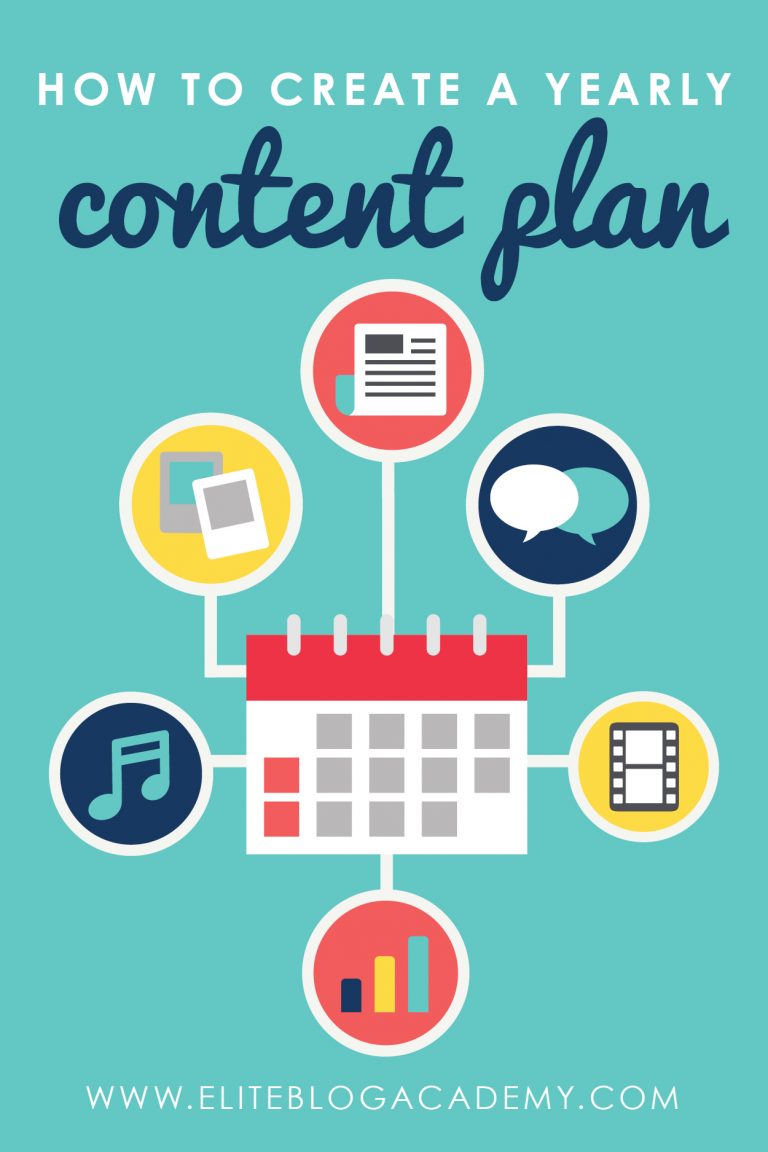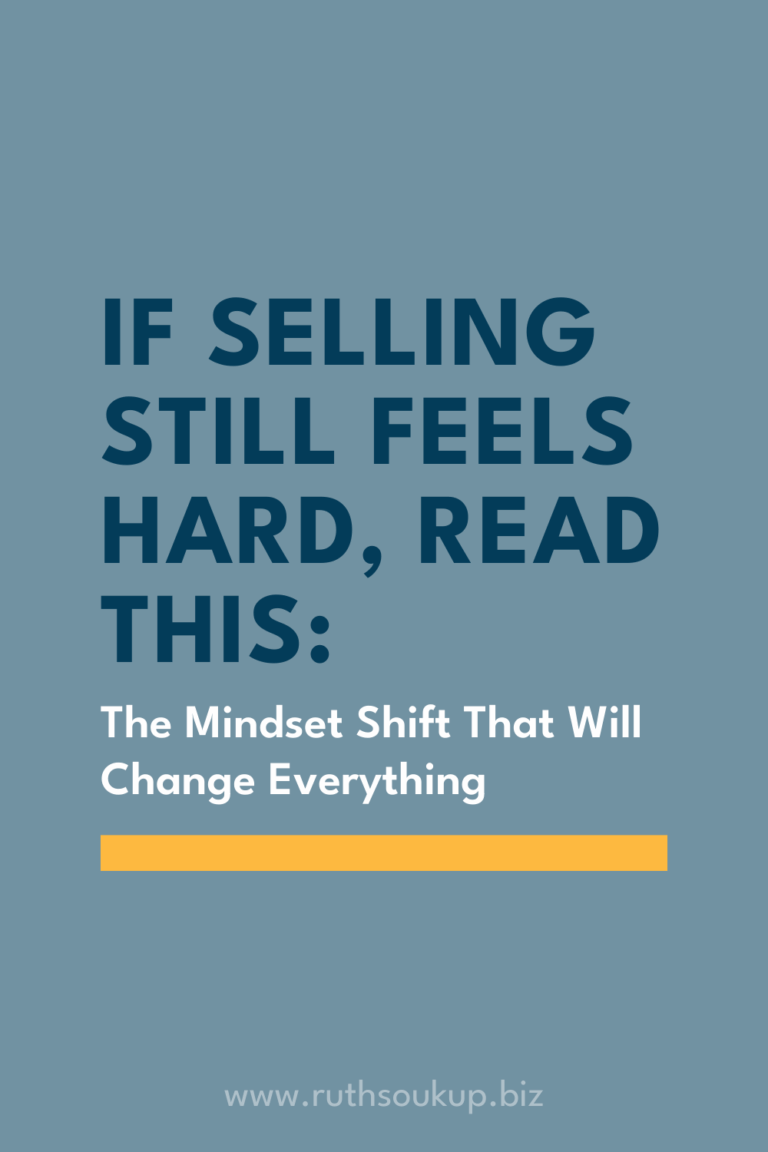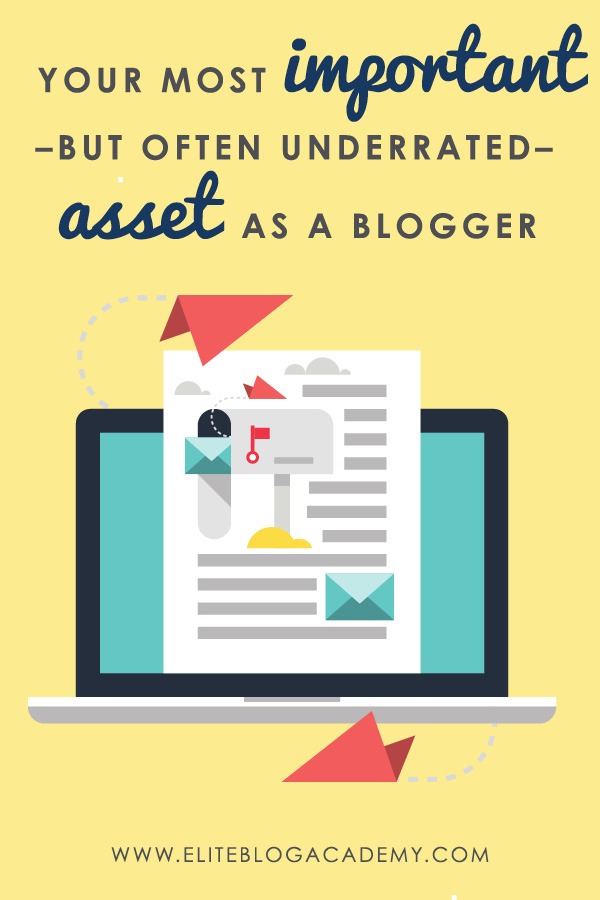Feel Like Quitting? Here’s How to Lead Like a CEO When Life Gets Hard
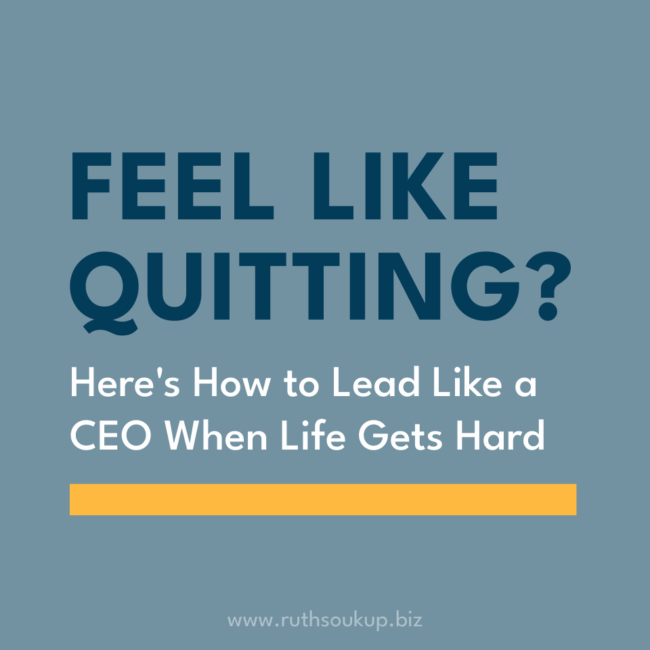
When Life Punches You in the Face (And It Will)
Running a business isn’t just about strategy. It’s about stamina.
Not the hustle kind—the emotional kind.
Because sooner or later, life will punch you in the face.
Sometimes softly. Sometimes hard. A diagnosis. A death. A divorce. A mental health spiral you didn’t see coming.
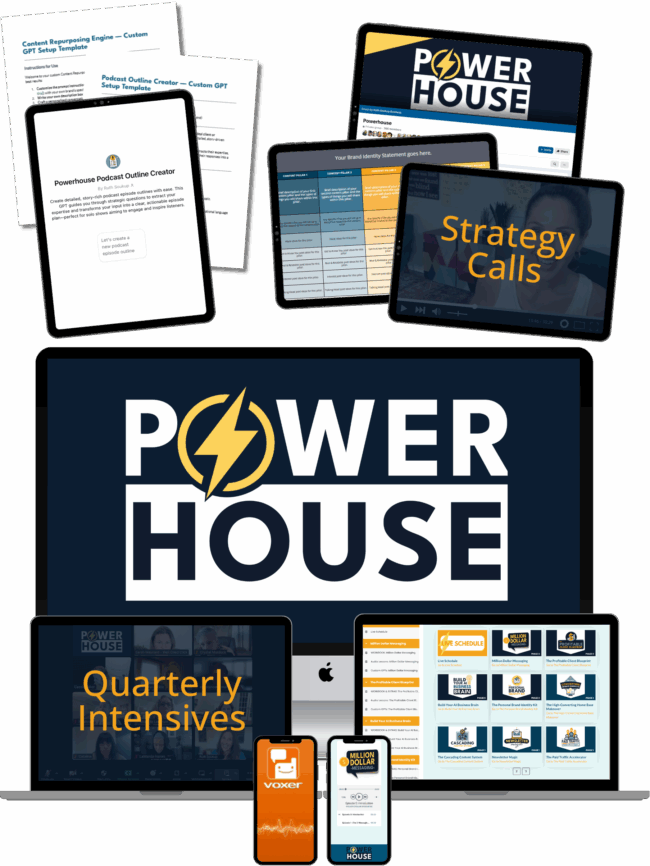
It’s Time to Take Your Seat at the Big Table
Let’s be honest—there’s a difference between having a business… and being in the room where real growth happens.
Powerhouse is our private coaching experience for online entrepreneurs who are ready to scale past six figures—and step fully into their next-level leadership.
It’s the big kid’s table. The one where strategy matters more than hustle, and every conversation moves you forward.
If you know you’re meant for more, this is your invitation to join us.
And when that moment hits, everything in your business starts to feel…fragile.
You stop showing up the way you used to. Sales dip. Content gets spotty. And the voice in your head starts whispering, “Maybe you were never cut out for this.”
Here’s the truth: This is where most people quit. But this is also where CEOs are made.
So if you’re there right now—if life feels like chaos and business feels like quicksand—this post is for you.
Not to give you fluff. But to hand you a real playbook for navigating the hard seasons like a strategist, not a survivor.
Because you don’t just need encouragement right now. You need a smarter system.
My $5M Reality Check: Burnout Broke Me (And It Was the Best Thing That Ever Happened)
Let me tell you something I haven’t shared much:
In 2019, despite having built multiple successful brands, I was drowning.
From the outside, it looked like I had it all figured out. But inside? It was chaos.
I was saying yes to everything. Running launches back-to-back. Creating content around the clock. Working nights and weekends. Every decision, big or small, running through me.
And I remember the exact moment I realized something had to change.
I was reviewing my calendar for the next quarter—completely packed with launches, speaking gigs, and deadlines—when it hit me: there was literally no space for anything unexpected. No buffer. No breathing room.
My husband walked into my office and asked what I was working on. When I showed him the schedule, he just looked at me and said, “What happens if you get sick? Or need a vacation? Or just want a day off?”
I stared at the screen and realized I had no answer.
He said, “Maybe your business shouldn’t depend so much on you.”
That was the moment I realized the whole thing was built on my back.
If I stopped showing up, everything stopped working. And that’s not a business. That’s a trap.
So I made a decision: I wasn’t going to burn it all down. I was going to rebuild it better.
That year, I stopped doing what looked “successful” on the outside and started building an actual evergreen ecosystem—something that could scale even when life threw me curveballs (and believe me, it did).
And that shift? It didn’t just save my business. It saved me.
Why Hustle Isn’t Enough (And Never Was)
Let’s be clear: You’re not here because you’re lazy.
You’re here because you’ve already given this everything.
But the systems that got you to $100K…won’t get you to $1M.
Why?
Because hustle relies on you—your energy, your ability to show up, your calendar.
And when life hits hard, hustle disappears.
What you need now is leverage. You need:
- Systems that work even when you’re not “on”
- Content that drives sales without needing to go viral
- A clear CEO identity that knows how to lead through the mess, not just in the wins
This isn’t about working harder. It’s about finally building smarter.
The CEO Survival Playbook: 5 Power Moves for When Life Gets Hard
1. Ruthlessly Simplify Your Focus
In survival seasons, your job isn’t to do it all.
Your job is to do the right things first:
- Revenue-generating offers
- Evergreen nurture & visibility
- Essential client delivery
That’s it.
Your content can take a back seat. Your Pinterest strategy can wait. Your job is to stabilize the engine, not polish the mirrors.
What does this look like in practice? It means saying no to that podcast interview request if it doesn’t directly feed your funnel. It means pausing your non-essential projects and doubling down on what actually drives revenue. It means giving yourself permission to be imperfect everywhere except where it matters most.
2. Systematize What You Can—Faster Than Feels Comfortable
This is where most entrepreneurs stall.
They think “systems” are for later—when things calm down, when they’re ready to scale.
But that’s backwards. Systems are what create calm.
So ask yourself:
- What’s still manual that should be automated?
- What’s repeatable that should be templated?
- What’s working that could be turned evergreen?
Then do one thing this week to systematize your most fragile process. Just one. That’s how resilience starts.
Maybe it’s finally building that welcome sequence so new subscribers don’t fall through the cracks. Maybe it’s creating SOPs for customer support so you’re not answering the same questions over and over. Maybe it’s turning your signature webinar into an automated sales tool that works while you sleep.
Whatever it is, stop waiting for the “perfect time” to build it. That time is now.
3. Stop Being the Bottleneck (Yes, You.)
I know. You’re the visionary. The face. The magic maker.
But if your entire business depends on you showing up at 110%, it’s not sustainable.
- Hire the VA
- Use AI to draft your content
- Train someone else to manage customer support
You’re not quitting. You’re delegating like a CEO.
And if you’ve been telling yourself, “I don’t have time to train someone”—that’s your sign. Because the longer you wait, the more it costs.
I remember when I finally hired my first VA. I was drowning in emails, customer questions, and administrative tasks. I kept thinking, “No one can do this as well as I can.” And you know what? I was right. For about two weeks. Then she started doing it better than me because she wasn’t trying to do everything else at the same time.
That decision freed up 15 hours a week—time I could spend on high-leverage strategy or (gasp) actually resting.
4. Build In Strategic Rest
This one feels like a contradiction—until you live it.
The most dangerous version of you is exhausted.
She’s reactive, short-sighted, and fueled by anxiety—not strategy.
Start treating your energy like your most precious asset:
- Say no to anything that drains without ROI
- Build rest into your weekly schedule (yes, block it)
- Let your funnel carry the sales while you take a breath
Remember: You’re allowed to be human. Your business should support that.
When I hit my breaking point, I made a radical decision: I would only work Monday through Thursday. Fridays became sacred—for thinking, planning, and sometimes just being a mom. Did my business implode? Nope. Revenue actually increased the following quarter. Because I was making decisions from a place of clarity, not desperation.
5. Reframe the Crisis—You’re Being Refined
Listen, this moment doesn’t mean you’re failing.
It means you’re in the fire.
And here’s what I know about fire—it burns off what’s not working.
It forces you to get clear. To get simple. To get real.
You are not being punished. You are being prepared.
Prepared to lead differently. Prepared to scale sustainably. Prepared to build a business that doesn’t require your burnout to stay alive.
Let it change you.
I’ve been through more hard seasons than I can count. Each one stripped away something I thought I needed but actually didn’t. My need for constant validation. My belief that working harder was the answer. My habit of saying yes when my gut was screaming no.
The fire didn’t destroy my business. It refined it into something stronger, simpler, and far more sustainable.
And it can do the same for you.
Frequently Asked Questions
What does it mean to lead like a CEO during a personal crisis?
Leading like a CEO during hard seasons means making strategic decisions instead of reactive ones. It means simplifying your priorities, leaning on systems, and recognizing that building a sustainable business requires margin, not martyrdom.
How do I keep my business going when life feels overwhelming?
Start by ruthlessly simplifying. Focus on essential revenue-driving tasks, delegate what you can, and systematize fragile parts of your business. Then, give yourself permission to rest. Resilience isn’t built by grinding harder—it’s built by protecting your capacity.
What are the first systems I should implement when things feel chaotic?
Begin with high-leverage systems: evergreen email sequences, automated lead magnets, templated client onboarding, and task delegation. These create stability so your business keeps running even when you need to step back.
Can I really scale if I’m going through a personal struggle?
Yes—if you stop trying to scale through hustle. Use hard seasons to build smarter foundations. The most successful entrepreneurs often rebuild from a place of pain by creating systems that free them from the grind.
What’s the difference between hustle and strategic leadership?
Hustle is about doing more. Strategic leadership is about doing less, better—with systems, automation, and team support. One burns you out. The other builds freedom.
Ready to Stop Surviving and Start Leading Strategically?
So here’s the belief shift I want you to make today:
You don’t need more grit. You need a better game plan.
If you’ve been through the fire and you’re ready to build something that doesn’t collapse when life gets messy—if you’re done white-knuckling your way through survival mode and ready to lead like the CEO you’re meant to be—you’re exactly who Powerhouse was built for.
This isn’t about pushing through harder. It’s about building smarter systems that carry your business forward even when you need to step back.
Powerhouse is my strategic implementation program for established entrepreneurs who’ve learned that sustainable scale requires more than just willpower—it requires strategic infrastructure.
But here’s the thing: Powerhouse isn’t for everyone.
It’s for business owners who’ve been tested by fire and are ready to emerge stronger. It’s for entrepreneurs who understand that the most resilient businesses are built on systems, not sacrifice.
Think that’s you?
When your application is approved, you’ll get access to my private training on building an evergreen business ecosystem that scales sustainably—the exact framework I used to rebuild my business after burnout and scale it to $5M+ while working fewer hours than ever before.
But first, you need to apply and show me you’re serious about leading strategically, not just surviving.
The longer you stay in “survival mode,” the more opportunities you miss to build something truly sustainable.

